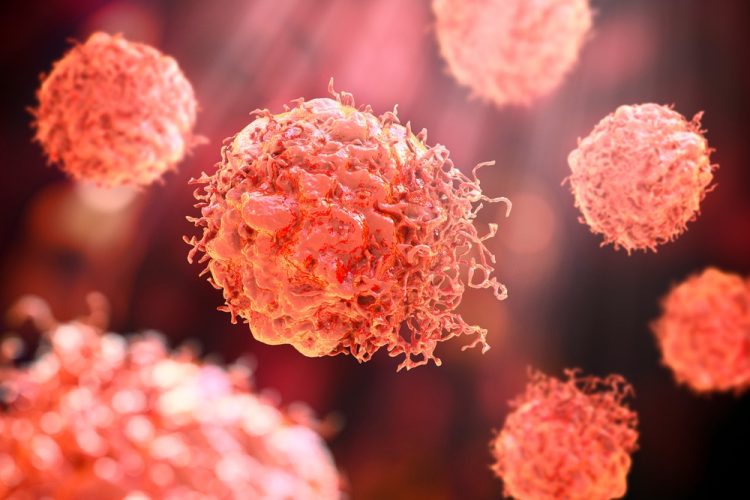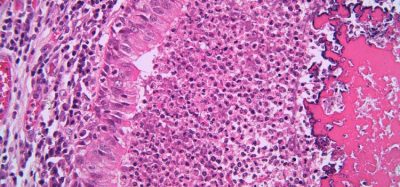Adding Sarclisa® provides “unprecedented” multiple myeloma survival, finds trial
Combining Sarclisa® (isatuximab) with carfilzomib and dexamethasone (Kd) resulted in more than three years of progression free survival for relapsed multiple myeloma patients.
The latest results from the Phase III Ikema (NCT03275285) clinical trial evaluating Sarclisa® (isatuximab) in combination with carfilzomib and dexamethasone (Kd) demonstrated a median progression free survival (mPFS) of 35.7 months, compared to 19.2 months in patients treated with Kd alone, as evaluated by an Independent Review Committee.
These results represent the longest mPFS among studies investigating a proteasome inhibitor backbone in the second-line setting for the treatment of relapsed multiple myeloma (MM).
“The increase in progression free survival, observed consistently across all subgroups, when adding Sarclisa to carfilzomib and dexamethasone is remarkable in patients with relapsed multiple myeloma in a proteasome inhibitor combination,” commented Dr Philippe Moreau, Head of the Department of Hematology, University Hospital of Nantes, France. “Relapse is common in multiple myeloma, creating the need for differentiated second-line treatments that provide patients a longer period of time without disease progression. This updated analysis reinforces the potential for Sarclisa to become a new standard of care for patients with relapsed multiple myeloma.”
A PFS analysis following the US Food and Drug Administration (FDA) recommendations on censoring rules, as applied in the approved US prescribing information, showed an mPFS of 41.7 months for Sarclisa added to Kd (Sarclisa combination therapy) compared to 20.8 months in patients treated with Kd alone (HR 0.59; 95 percent CI: 27.1 to Not Calculable NC).
Time to next treatment for patients treated with Sarclisa combination therapy was 44.9 months (HR 0.55; 95 percent CI: 31.6 to NC) versus those treated with Kd alone at 25 months (95 percent CI: 17.9 to 31.3). Time to next treatment measured the interval from the date of randomisation to the date of commencement of the next line of therapy, thereby allowing for measurement of the period of therapeutic benefit.
“To observe progression free survival of more than three years in patients with relapsed multiple myeloma when Sarclisa was added to a proteasome inhibitor backbone of therapy is unprecedented and reinforces our confidence in Sarclisa as a potential best in class anti-CD38 antibody,” stated Dr Peter C Adamson, Global Head of Oncology Clinical Development and Pediatric Innovation at Sanofi.
The safety and tolerability of Sarclisa observed in this analysis were consistent with the safety profile of Sarclisa in other clinical trials, with no new safety signals observed.










